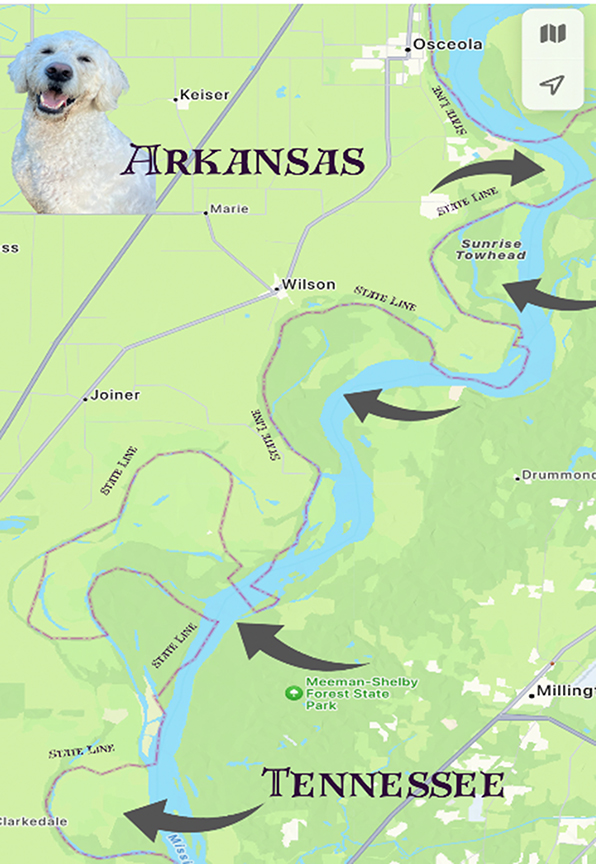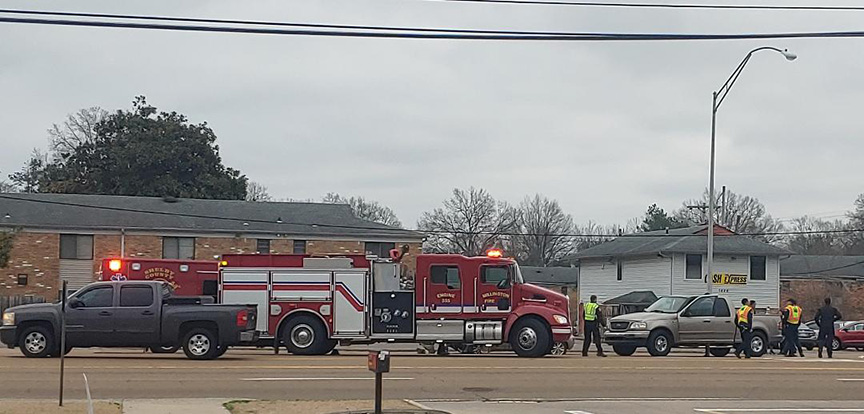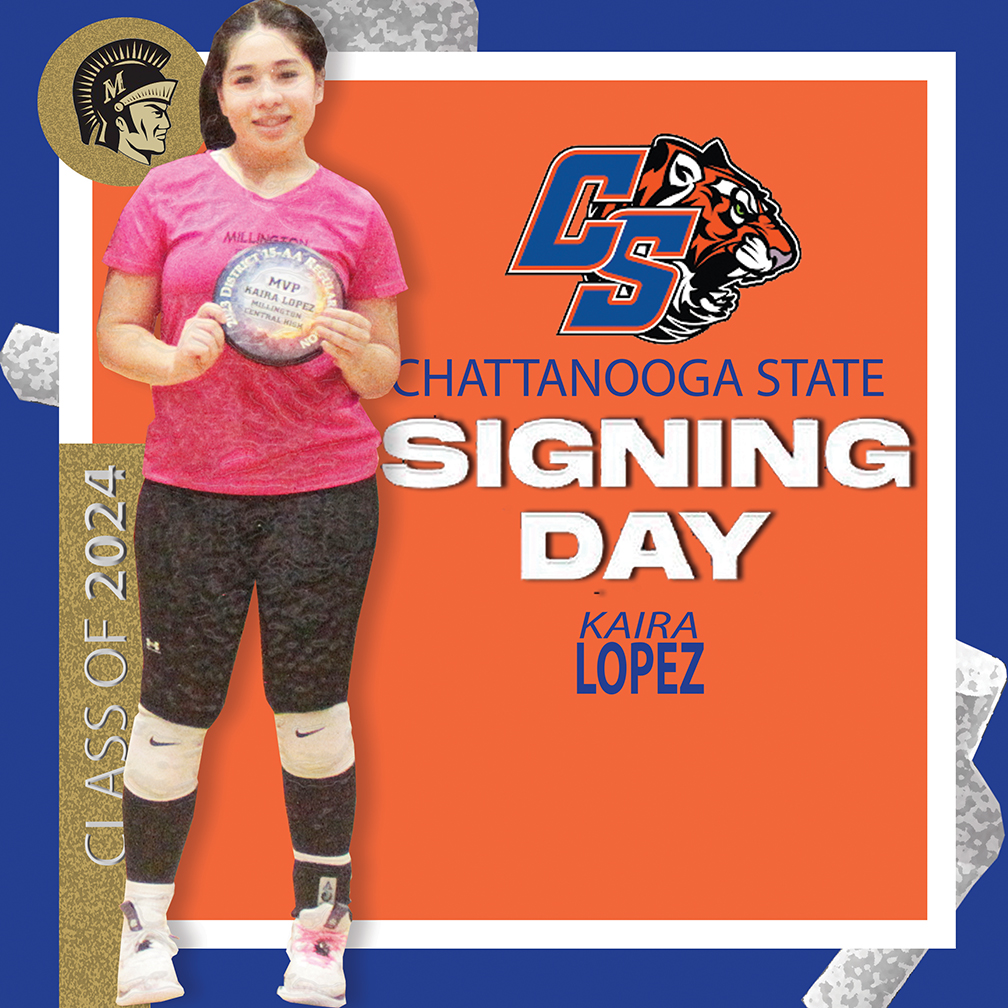
By David Peel
As we have all seen on television, the “Miranda warning” lists the rights given to those under arrest.
The 1966 Supreme Court case of Miranda v. Arizona is what gave rise to these well-known rights. While I only handle injury cases and never do criminal law, this story begs to be told.
Ernesto Miranda was accused in 1963 of kidnapping, raping and robbing an 18-year-old woman. Miranda was questioned for two hours without a lawyer. At one point, the detectives brought the victim into the room. One of them asked Miranda if this was the person he had raped. Miranda looked at her and said, “That’s the girl.”
Miranda eventually offered details of the crimes that closely matched the victim’s account. He agreed to formalize his confession in a written statement, which he wrote out under the words, “this confession was made with full knowledge of my legal rights, understanding any statement I make may be used against me.”
His confession was used as sole evidence when he was tried and convicted for the crimes by an Arizona court.
On appeal, the Arizona Supreme Court ruled in April 1965 that Miranda’s confession was legitimate and that he had been aware of his rights.
Lawyers would contend that Miranda had not been clearly informed of his rights to have a lawyer and against self-incrimination. He was on his way to becoming a household name.
Even though Miranda had written his confession under a statement saying that he was fully aware of his legal rights, his lawyers argued those rights had not been made explicitly clear to him. Under the duress of detainment, they argued, his confession should not be deemed admissible.
The Supreme Court, in a 5-4 ruling, the Supreme Court reversed the Arizona Supreme Court decision and declared that Miranda’s confession could not be used as evidence in a criminal trial.
The new police procedures were encapsulated in the Miranda Warning, which police departments nationwide soon began distributing on index cards to their officers so that they would recite them to suspects.

The Miranda Warning reads:
“You have the right to remain silent. Anything you say can and will be used against you in a court of law. You have the right to an attorney. If you cannot afford an attorney, one will be provided for you. Do you understand the rights I have just read to you? With these rights in mind, do you wish to speak to me?”
Miranda’s case was remanded in 1967 for re-trial, with the confession excluded from evidence. While his Supreme Court case changed the course of U.S. criminal procedure, Miranda was convicted and sentenced to 20-30 years in prison.
Miranda was paroled by December 1975, but just over a month later, on January 31, 1976, he was stabbed to death in a Phoenix bar fight.
Officers would detain two acquaintances who were with Miranda that night for questioning. Before asking each about the evening, officers recited the Miranda warning (in Spanish). Both men were released after questioning.
Later, witness accounts would narrow the investigation to one of the men. But by that time, the main suspect had fled and was never apprehended. No charges were ever filed for Miranda’s murder. Ironically, because he listened to the “Miranda warning.”
Peel seeks justice for those injured in tractor trailer and car accidents, medical malpractice, and disability. He often addresses churches, clubs and groups without charge. Peel may be reached through PeelLawFirm.com wherein other articles may be accessed.






